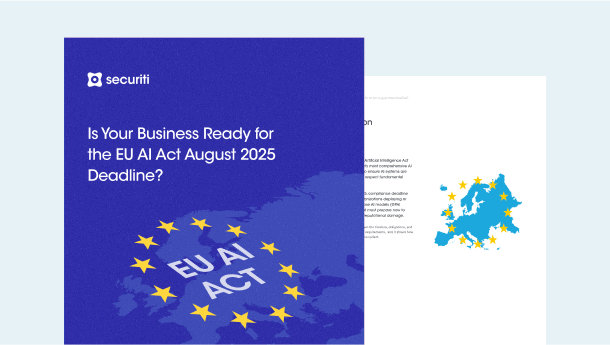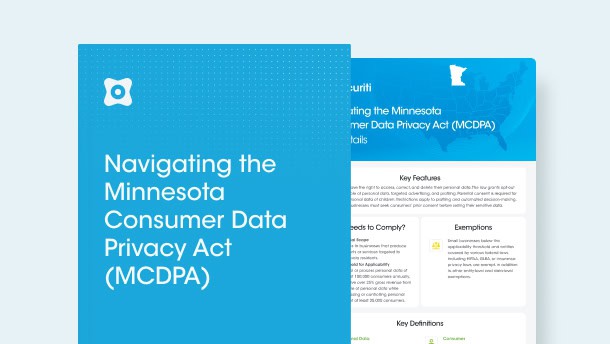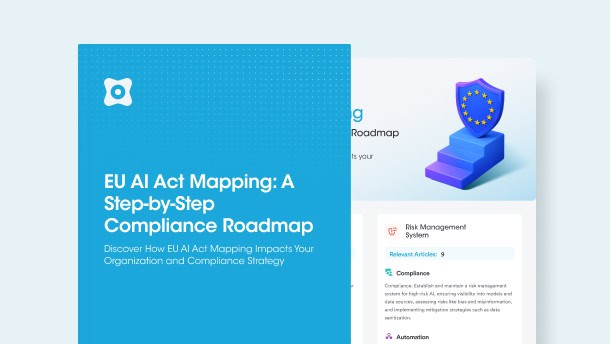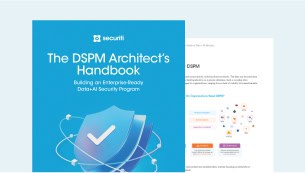What’s New in PCI DSS v4.0?
The PCI DSS v4.0 updates intend to address the ever-evolving security requirements of the payments industry, promote security as a continuous process, boost flexibility, and enhance procedures for organizations employing various security-related approaches.
The latest version introduces several updates. For a comprehensive view, please refer to the Summary of Changes from PCI DSS v3.2.1 to v4.0, found in the PCI SSC Document Library.
Flexibility
The main change is adopting a completely new approach to meeting requirements dubbed the customized approach (flexibility). A customized strategy allows organizations to use cutting-edge technology and innovative controls to achieve the PCI DSS security criteria. As a result, enterprises can adhere to the stringent PCI DSS criteria more flexibly and personally.
The assessor will examine the entity's customized approach documents (including a controls matrix and a focused risk analysis) and create a procedure for evaluating the controls to confirm that the customized controls adhere to the PCI DSS requirements.
The distinction between customized controls and compensatory controls must be made clear. When an organization cannot meet a requirement for an acceptable and acknowledged technical or commercial restriction, compensating controls, also known as mitigating controls, are necessary. On the other hand, customized controls offer a flexible replacement for complying with rigid specifications.
Security & Authentication
Major updates have been made to security measures to continue to meet the security requirements of the payments sector, which must evolve as threats change. These include:
- adding authentication controls, such as stringent multi-factor authentication requirements when accessing the cardholder data environment
- updating password requirements, including the requirement to increase the password length from 8 characters to 12
- changes to shared, group, and generic account requirements
- clearly assigned roles and responsibilities for each requirement
Encryption
It is now necessary to only utilize disk-level or partition-level encryption to make the PAN unreadable on removable electronic media.
Monitoring
Merged requirements and updated the security monitoring systems to be monitored and responded to as part of the incident response plan.
Critical Control Testing Frequency
New requirement for all entities to detect, alert, and promptly address failures of critical security control systems. This requirement is a best practice until 31 March 2025.
Key PCI DSS Version 4.0 Requirement Updates
Build and Maintain a Secure Network and Systems
1. Install and Maintain Network Security Controls
Protecting sensitive payment card data requires installing and maintaining network security controls. These safeguards include strong firewalls, intrusion detection systems, and encryption methods to prevent data breaches and cyberattacks.
2. Apply Secure Configurations to All System Components
Malicious actors frequently attack systems using default vendor settings and passwords, both within and external to an organization. These passwords and settings are well-known and can be discovered using data that is readily accessible.
Applying secure configurations to all system components reduces an attacker's possibility of compromising the system. The possible attack surface can be decreased by changing default passwords, eliminating unnecessary software, functionalities, and accounts, and deactivating or uninstalling unnecessary services.
Protect Account Data
3. Protect Stored Account Data
Important elements of account data protection include encryption, truncation, masking, and hashing. Even if a hacker manages to get past other security measures and acquire encrypted account data, the hacker cannot access the data without the correct cryptographic keys. Examples of risk-reduction strategies include avoiding holding account information unless absolutely essential, truncating cardholder data when the entire PAN is not required, and refraining from providing unprotected PANs via end-user messaging platforms like email and instant messaging.
4. Protect Cardholder Data with Strong Cryptography During Transmission Over Open, Public Networks
Strong encryption increases the likelihood that data secrecy, integrity, and non-repudiation will be maintained. PAN must be encrypted while being transmitted via networks, especially untrusted and public networks, that are easy for hackers to access to prevent compromise. Since a network holds, processes, or transmits cardholder data, any transmissions of cardholder data through its internal network(s) will automatically subject it to PCI DSS. Any such networks must be evaluated and assessed in accordance with the relevant PCI DSS rules.
Maintain a Vulnerability Management Program
5. Protect All Systems and Networks from Malicious Software
Malicious software or firmware must be detected and removed to protect all systems and networks from malicious software. Examples of malicious software include viruses, worms, Trojans, spyware, ransomware, keyloggers, rootkits, malicious code, scripts, and links.
6. Develop and Maintain Secure Systems and Software
It's crucial to develop and maintain secure systems and software, as security vulnerabilities can be exploited by individuals with malicious intent to gain privileged access to systems. Organizations must routinely update their software components via the necessary software patches to ensure no software intrusion.
Implement Strong Access Control Measures
7. Restrict Access to System Components and Cardholder Data by Business Need to Know
Due to ineffective access control rules, unauthorized individuals may access critical data or systems. Systems and procedures that restrict access based on a need to know and in accordance with job duties must be in place to ensure that authorized individuals can access data. These requirements apply to user accounts and access for employees, contractors, consultants, internal and external vendors, and other third parties (for example, for providing support or maintenance services). Certain requirements also apply to application and system accounts used by the entity (also called “service accounts”).
8. Identify Users and Authenticate Access to System Components
Two fundamental principles of identifying and authenticating users are to:
- establish the identity of an individual or process on a computer system, and
- prove or verify the user associated with the identity is who the user claims to be.
The element used to prove or verify the identity is known as the authentication factor. Authentication factors are:
- something you know, such as a password or passphrase;
- something you have, such as a token device or smart card; or
- something you are, such as a biometric element.
9. Restrict Physical Access to Cardholder Data
Any physical access to systems that store, process, or transmit cardholder data should be suitably limited since it allows individuals to access and/or remove systems or hardcopies containing cardholder data.
Regularly Monitor and Test Networks
10. Log and Monitor All Access to System Components and Cardholder Data
To prevent, identify, or mitigate the effects of a data compromise, it is essential to have logging methods and the ability to monitor user activity. Logs are present on every system component and in the Cardholder Data Environment (CDE), enabling full monitoring, notification, and analysis if something goes wrong. Without system activity logs, it is difficult, if not impossible, to identify the cause of a compromise.
This criterion is applicable to all user activities, including those taken by employees, independent contractors, consultants, suppliers both internal and external, and other third parties (such as those offering support or maintenance services). It exempts the user activity of consumers (cardholders).
11. Test the Security of Systems and Networks Regularly
To ensure that security policies continue to take into account the ever-evolving environment, system components, processes, and customized and custom software should all undergo regular testing.
Maintain an Information Security Policy
The overall information security policy of the organization establishes the tone for the entire organization and specifies what is expected of the employees. Every employee should understand the sensitivity of cardholder data and the need for protection.






































